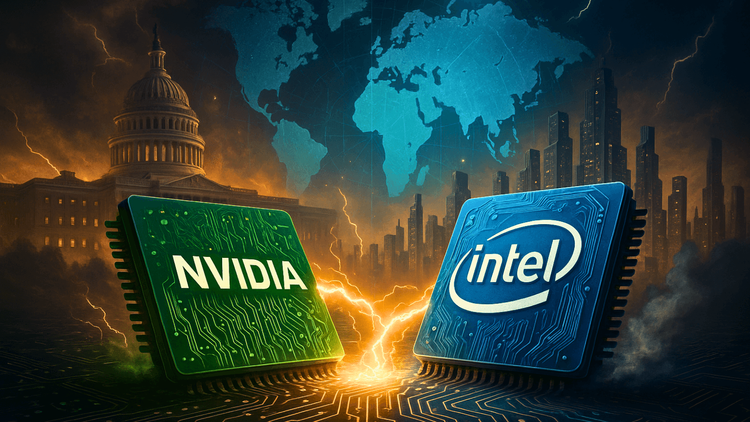SonicStrategy Becomes Blockchain Giant with Largest Self-Staked Validator
SonicStrategy scales to new heights with 168M Sonic exposure and a record-breaking validator launch.

SonicStrategy, the blockchain infrastructure arm of Spetz Inc. (CSE: SPTZ | OTCQB: DBKSF), has stepped into a commanding role within the Sonic ecosystem. With the launch of its second institutional-grade validator on September 16, 2025, seeded with a staggering 126.6 million Sonic tokens from the company treasury, SonicStrategy now holds the crown as the largest self-staked operator on the Sonic network. This development not only underscores its ambition but also cements its position as a cornerstone player in a blockchain that is rapidly evolving.
The validator is no lightweight operation. Built on enterprise-level hardware, each node runs with multi-core CPUs, up to 128 GB of memory, and NVMe storage exceeding 1 TB. Deployed in secure data centers, the infrastructure is supported by redundant power and robust 1 Gbps connectivity, ensuring reliability and speed that are crucial for Sonic’s high-throughput demands.
Massive Token Exposure and Market Sensitivity
The scale of SonicStrategy’s token holdings is what sets it apart. Between its validators, DeFi strategies, and treasury, the company commands exposure to approximately 168 million Sonic tokens. Of that, 126.6 million are staked in the newly launched validator, while the first validator accounts for 36.1 million, including 33.1 million delegated by third parties. Beyond Sonic, the company also holds 3.711 BTC, further diversifying its exposure.
Every cent matters. For each $0.01 shift in the price of Sonic ($S), the company’s balance sheet swings by nearly $1.86 million. This level of sensitivity highlights the magnitude of its commitment and the volatility inherent in blockchain economics. At current token prices, SonicStrategy’s validator operations generate about $7,500 in daily staking rewards, translating to an annualized revenue run-rate of $2.7 million. These earnings compound over time, providing a recurring revenue stream that feeds directly into the treasury. The company captures both self-stake yields and 15 percent of delegators’ rewards, creating dual income channels.






